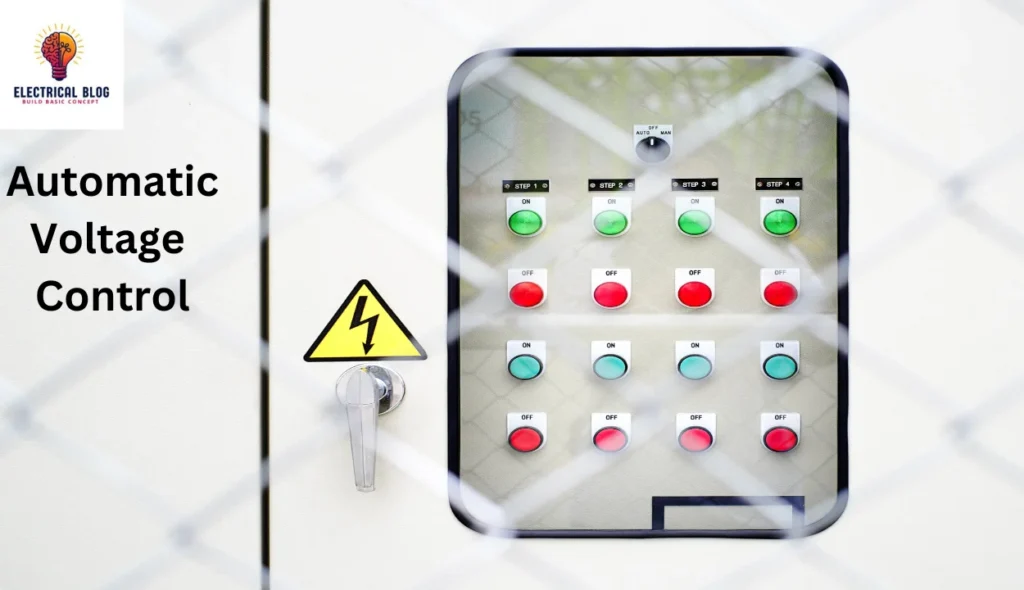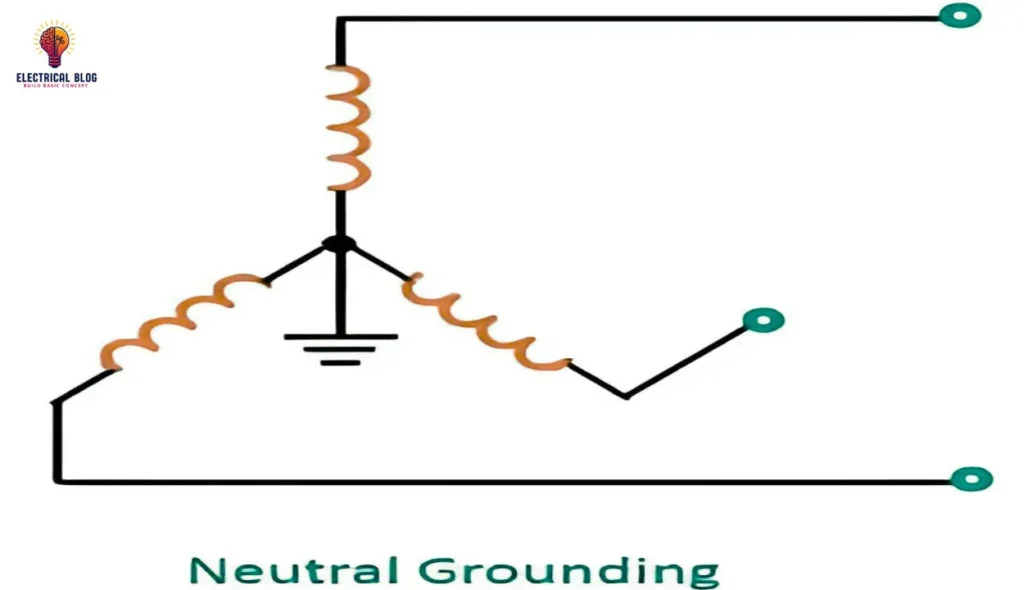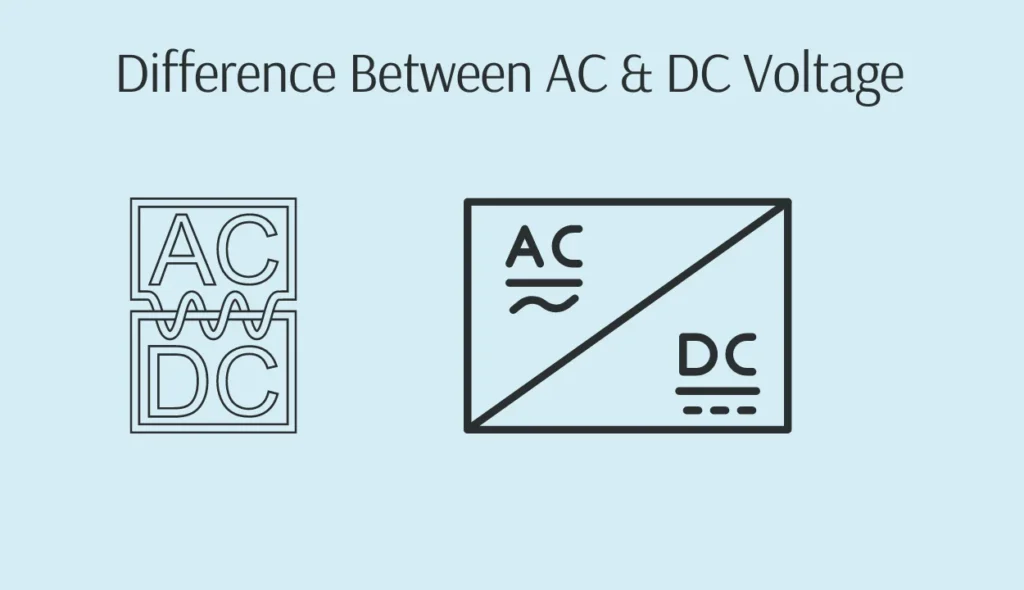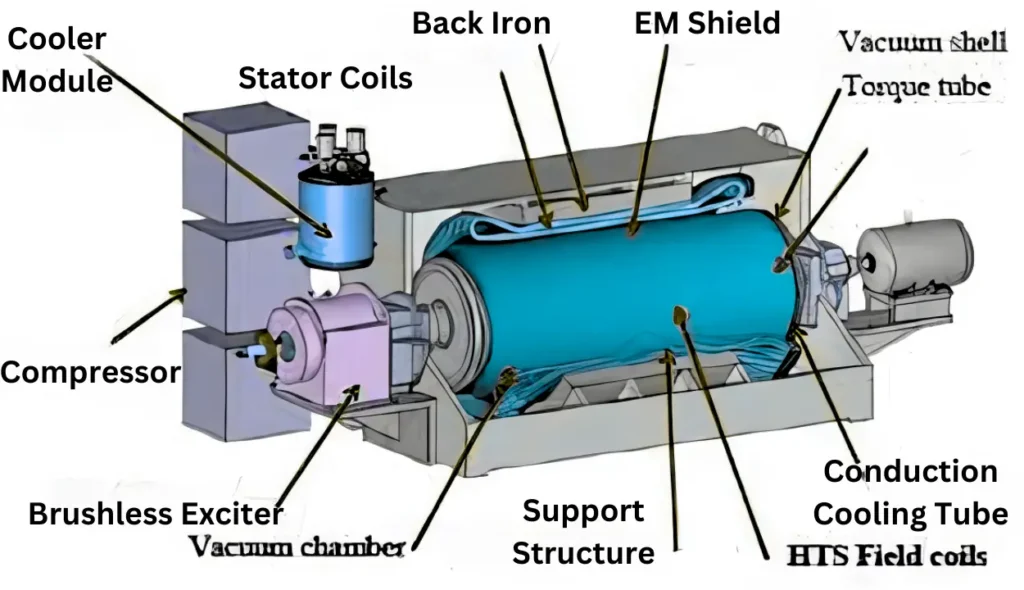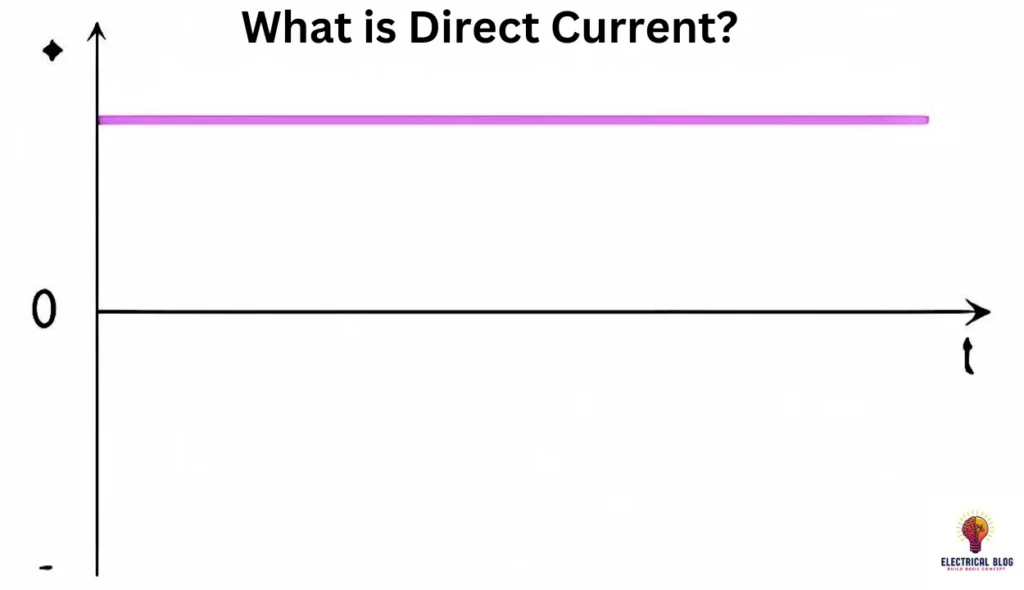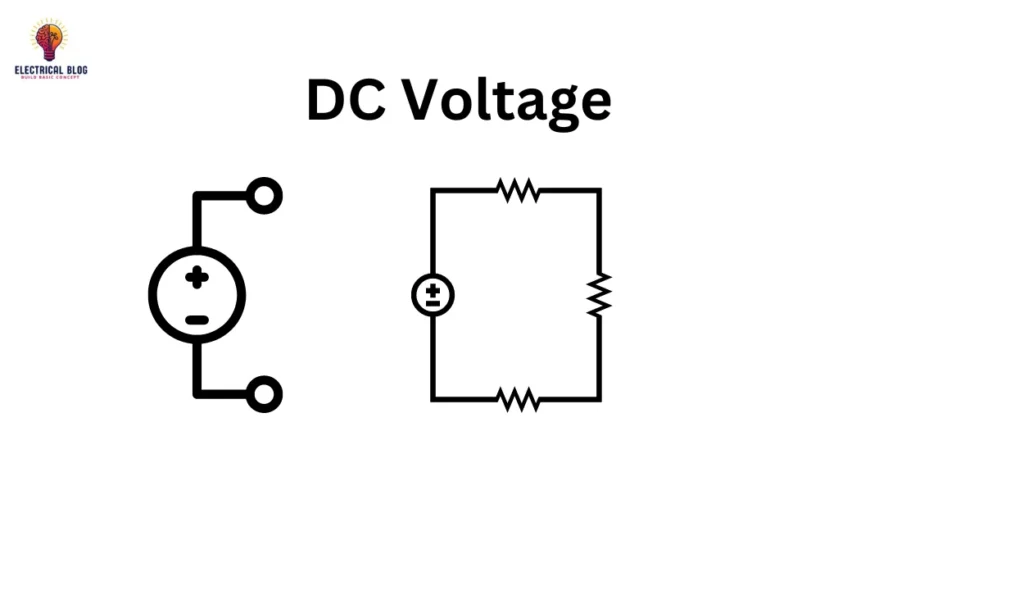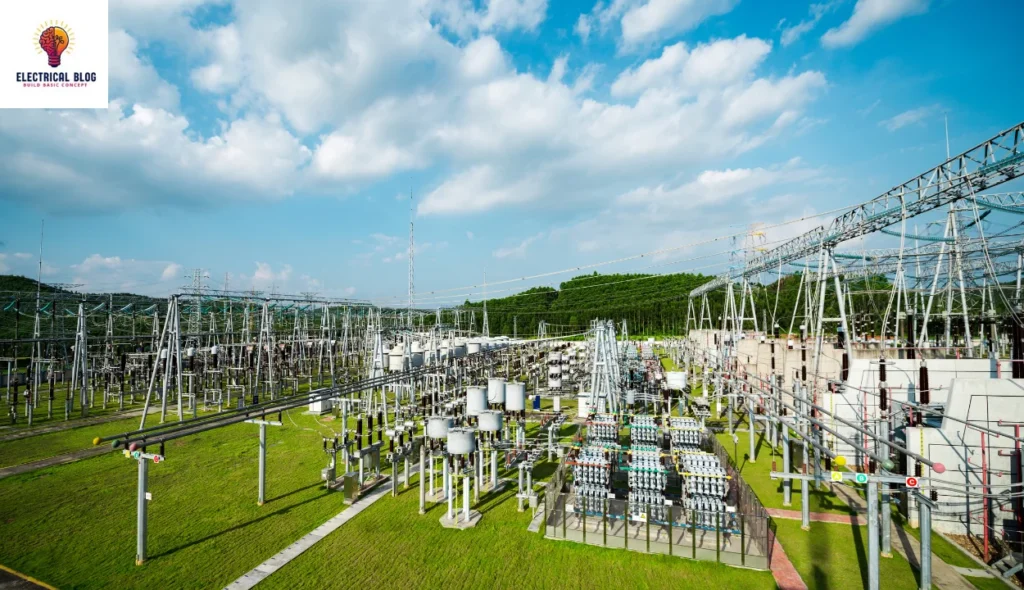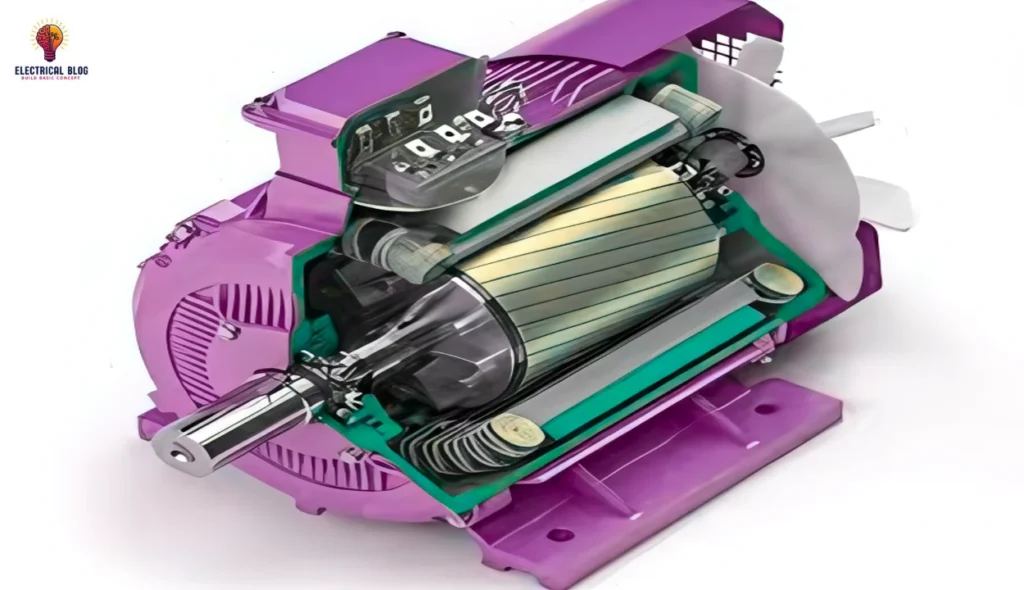Automatic Voltage Control: The Key to Power System Stability
Introduction of Automatic Voltage Control Nowadays, energy serves as the foundation for all we do. It is necessary for everything from running industries to heating our houses. Voltage regulation is one of this system’s most important parts. However, how can we maintain a steady voltage throughout vast, networked power systems? Automatic Voltage Control, or AVC, […]
Automatic Voltage Control: The Key to Power System Stability Read More »

